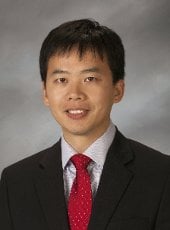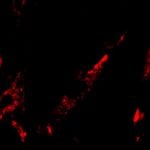 Graduate students Mingxi Fang, Rashmi Adhikari, Jianheng Bi, Wafa Mazi, Nethaniah Dorh, visiting scholar Jianbo Wang, undergraduate Conner Nathan, research associate professor Tayana Karabencheva-Christova, associate professor Ashutosh Tiwari , and professor Haiying Liu published a paper entitled “Fluorescent probes for sensitive and selective detection of pH changes in live cells in visible and near-infrared channels” in the Journal of Chemistry Materials.
Graduate students Mingxi Fang, Rashmi Adhikari, Jianheng Bi, Wafa Mazi, Nethaniah Dorh, visiting scholar Jianbo Wang, undergraduate Conner Nathan, research associate professor Tayana Karabencheva-Christova, associate professor Ashutosh Tiwari , and professor Haiying Liu published a paper entitled “Fluorescent probes for sensitive and selective detection of pH changes in live cells in visible and near-infrared channels” in the Journal of Chemistry Materials.
The grant covers five years, totaling $457,783, and enables Xia to dig deep into the structure-property relationships of the bimetallic peroxidase mimics at the atomic level. Even small changes in nanostructures can produce big results, demonstrated by his lab with improvements in the catalytic efficiencies of iridium-coated palladium and ruthenium nanostructures.
Read the full story on the Michigan Tech news website.






